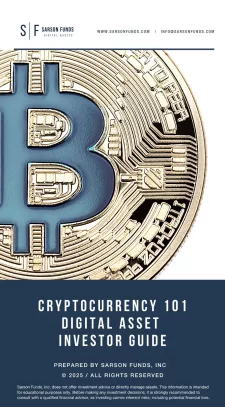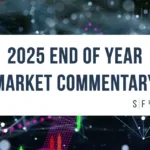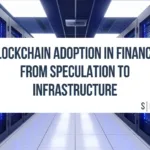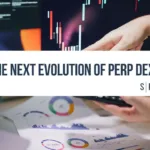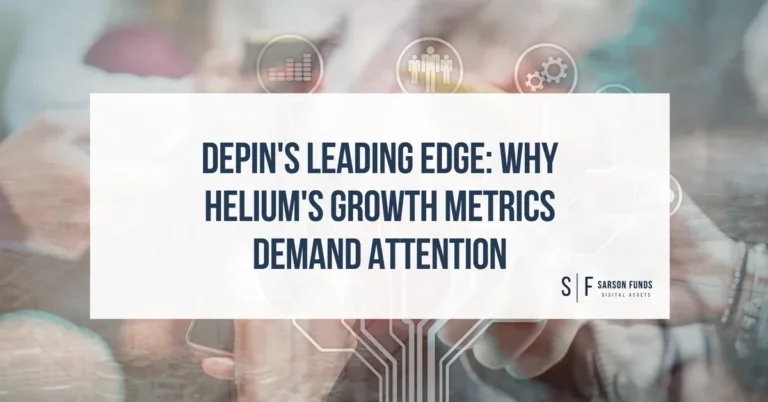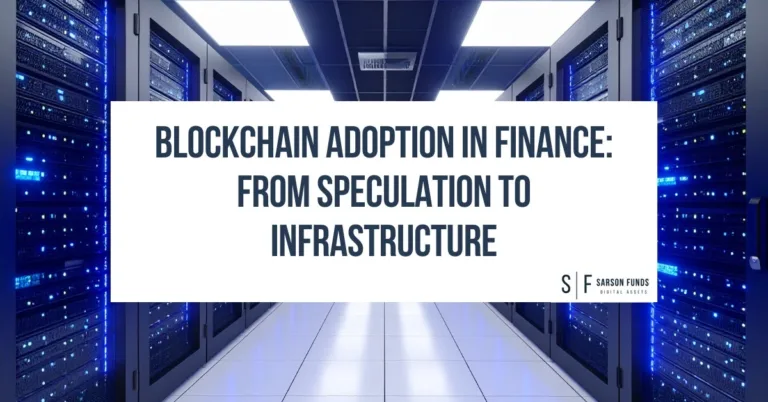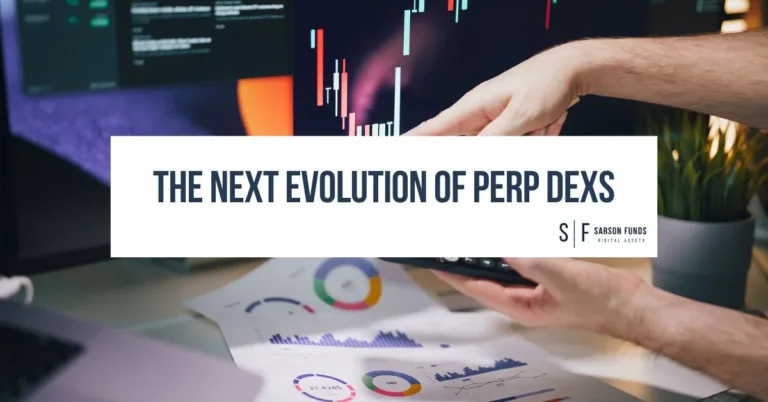The Render Network: Revolutionizing GPU Rendering and Its Potential Synergy with Apple’s XR Future
By Zachary Profeta, Portfolio Manager at Sarson Funds, Inc.
Editor’s Note: The following article was originally written on June 1st, 2023, before the official announcements at WWDC. Read on for the original content and the subsequent updates.
The Render Network, a decentralized network of GPUs, is revolutionizing the way digital artists and AI developers render their work. By tapping into the computing power of idle GPUs worldwide, it offers a more efficient and cost-effective solution compared to traditional rendering methods.
The New Generation of Rendering
Historically, large studios relied on using in-house GPUs for rendering, a labor-intensive and expensive processes. This method, while effective, is costly and struggles to keep pace with the rapidly evolving fields of AI, VR/AR, and high-quality gaming and can leave production companies with warehouses of idle computing equipment at the conclusion of their project. The Render Network provides an innovative solution, allowing companies to eliminate the expenses of maintaining in-house GPUs. Instead, they can pay for their jobs to be run on the thousands of nodes supporting the Render Network, resulting in faster and more affordable rendering.

The decentralization of the rendering process democratizes access to high-performance rendering, enabling smaller studios and independent artists to compete with larger studios. This could lead to a surge in creativity and innovation in fields like movie production, game development, and AI research.
Apple & Render Network – Powerhouse Partners
The Render Network is already making waves in the industry. With its potential integration with Apple’s future devices, it is set to revolutionize GPU rendering and distributed computing. By harnessing the power of idle GPUs worldwide, it is building a global supercomputer accessible to anyone, with profound implications for fields like AI research.
Apple’s upcoming Worldwide Developers Conference (WWDC) has sparked rumors about the launch of their XR headset. The Render Network’s close association with Apple, and its parent company OTOY’s rendering app support on the latest iPads and Mac computers, suggest potential synergy. Notably, OTOY founder Jules Urbach has presented at past Apple releases, further strengthening this connection.
Apple’s silicon chips, M1/M2, have showcased their advanced neural engine chip’s capabilities, designed to handle intensive AI computations and support future XR applications. However, the power of a GPU is inherently limited in a mobile device due to heat, storage capacity, and computational power issues. This is where the Render Network could step in.
Apple’s new chips have demonstrated their ability to interact with the distributed network through the Octane X app. The next step could be for Apple to allow these devices, and all future devices, to act as nodes on the network. This could create a vast, decentralized rendering network powered by millions of Apple devices worldwide, dramatically increasing the rendering power available to artists and developers and providing a new way for Apple device owners to get value from their old devices.
The potential synergy between the Render Network and Apple’s rumored XR headset is particularly exciting. XR applications require significant rendering power, and the Render Network could provide a perfect solution. By offloading the rendering tasks to the Render Network, Apple could provide high-quality XR experiences on their devices without needing to increase the device’s size or power consumption.
The Render Network is not just another development in GPU rendering — it’s a game-changer. It’s breaking down barriers to high-performance rendering and sparking a wave of creativity and innovation. It has already proven the viability of a token-incentivized business model that is well positioned to bring 10s of thousands of now idle Ethereum miners back to life with profitable use for their spare computing capacity. With the potential to integrate with Apple’s future devices, the Render network is set to redefine what we thought was possible in GPU rendering and distributed computing. As we eagerly anticipate what’s next from the Render Network and Apple, one thing is certain: the future of GPU rendering is not just here, it’s thrilling and full of promise.
Updates: Post- Announcement Observations following WWDC.
Apple’s recent Worldwide Developers Conference (WWDC) marked the announcement of their new product line, the Apple Vision Pro headset, and the introduction of a new silicon chip, the M2 Ultra. In line with speculation, the first application to showcase the powers of the M2 Ultra was none other than Octane X. Unveiled during the Apple keynote, Octane X made frequent appearances, signaling Apple’s acknowledgement of the growing need for GPU power beyond the confines of in-device hardware capabilities. This underlines the potential distributed networks to collaboratively meet the soaring demand for 3D uploading and creation.

Notably, Disney, an early investor in OTOY (Render Network’s parent company), used the platform of WWDC to announce their AR demonstrations on Disney Plus for the Vision Pro. These demonstrations were complemented throughout the conference with showcases of iOS 17’s AR object scanning features- capabilities that will be integrated across all recent Apple devices. This development highlights the escalating use of AR creations on devices worldwide, each contributing to the ever-increasing demand for computational power. This in turn, accentuates the necessity of the Render Network.
Moreover, a quick glance at Apple’s website reveals that the highest performance benchmark for their new computers and M2 Ultra chips is their superiority in the realm of 3D rendering, specifically facilitated by Octane X. The following images, retrieved from the Apple website, reinforce this claim, serving as tangible evidence of the significant role the Render Network could play in reshaping GPU rendering and distributed computing.

Disclosures: Not investment advice. It should be assumed that Sarson Funds or its affiliated managers hold positions in all projects that are discussed. It is not possible to invest in any project directly through Sarson Funds, Inc. or its affiliated managers. Any investment product offered by managers affiliated with Sarson Funds should be assumed to be only available to Accredited Investors and subject to the individual terms and conditions of that offering including but not limited to those eligibility requirements associated with U.S. Securities Regulation D, section 506c. Talk with your financial advisor before making any investment decisions or have them contact Sarson Funds directly at [email protected].

